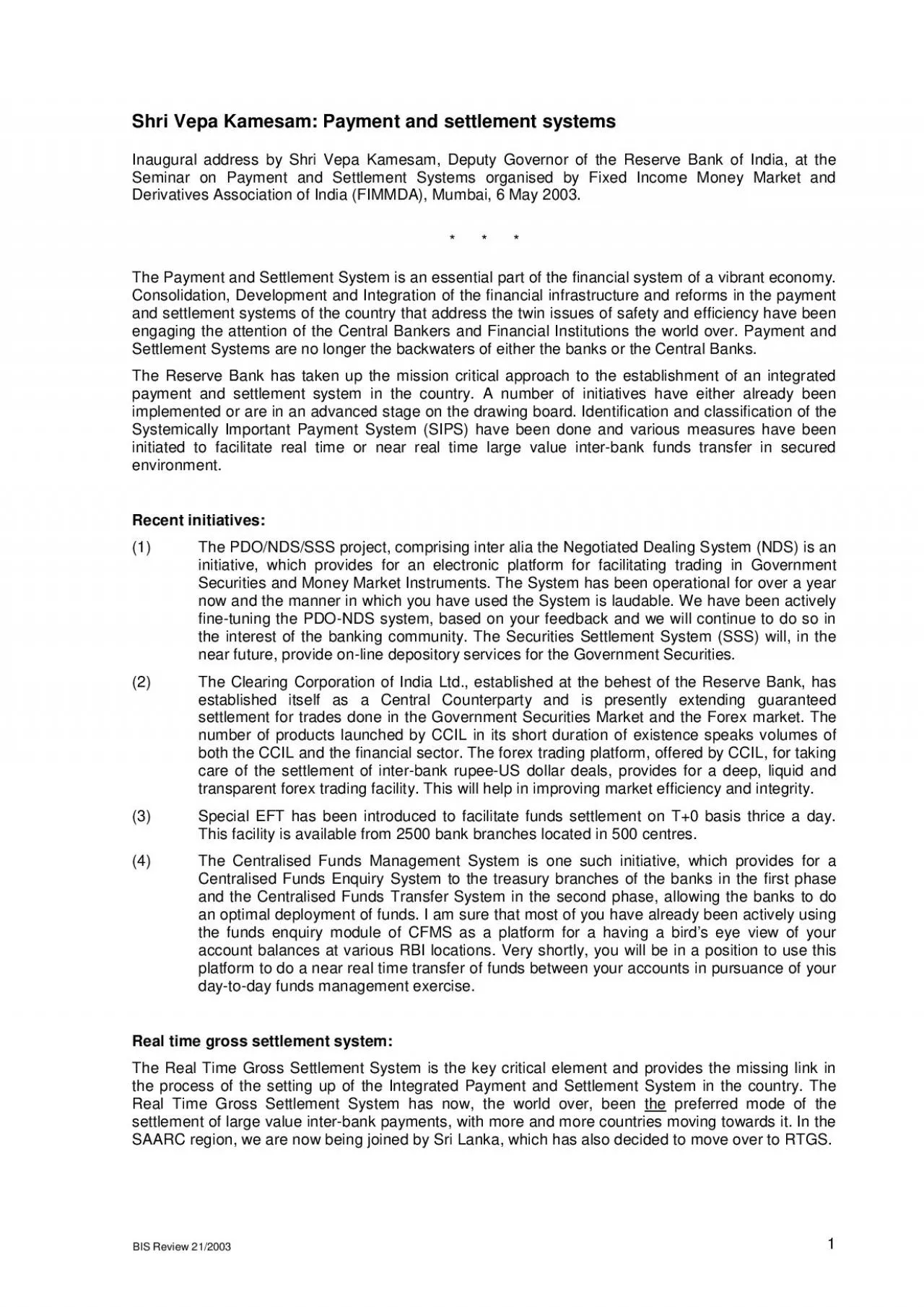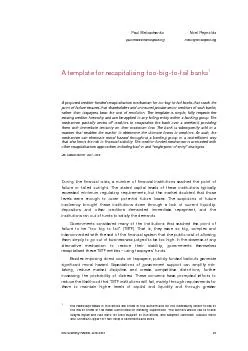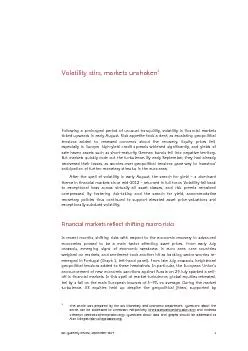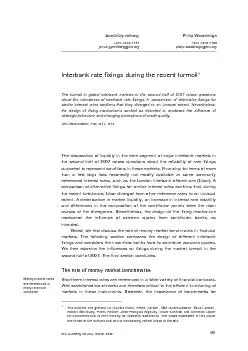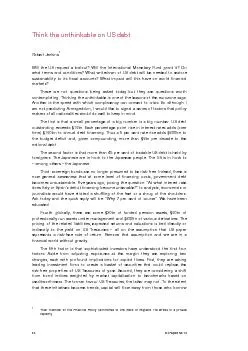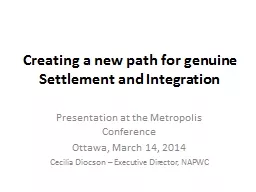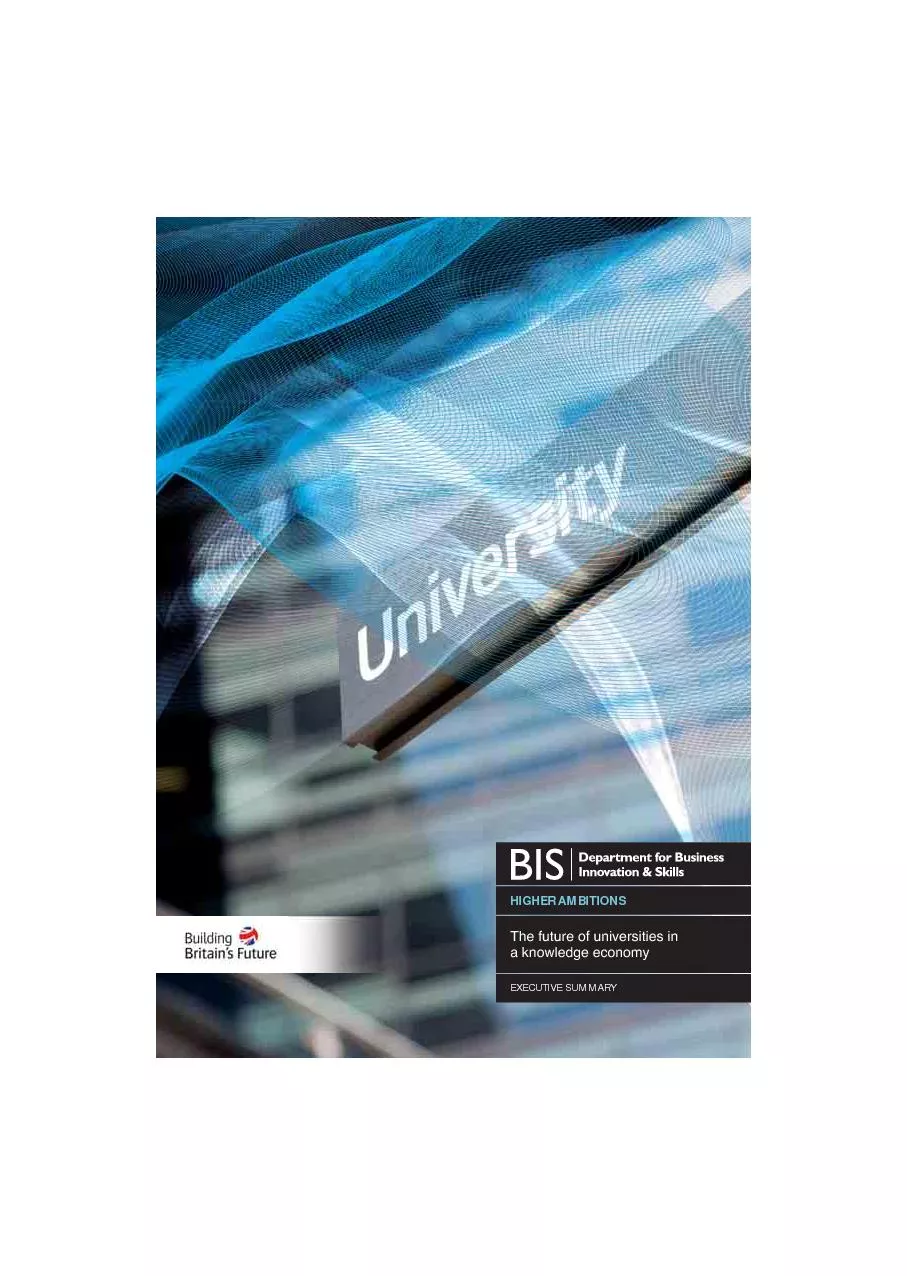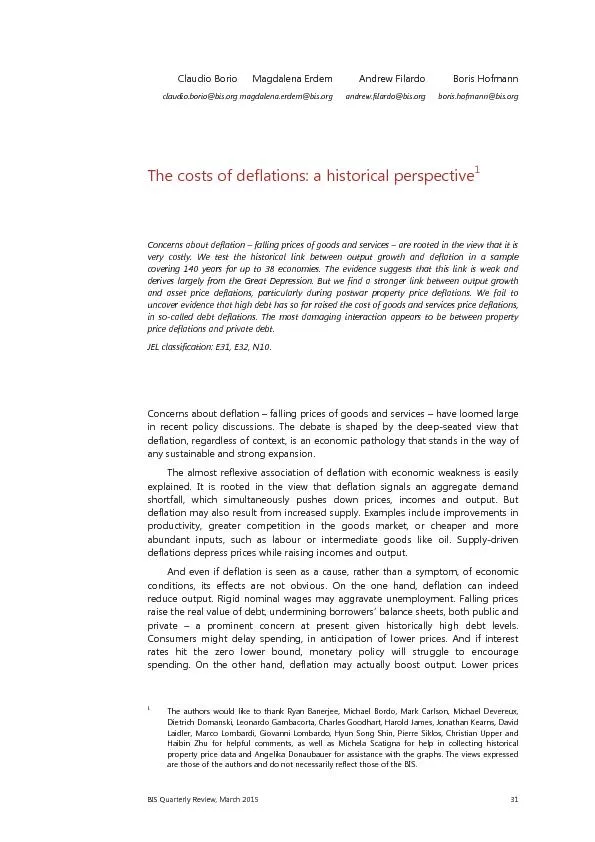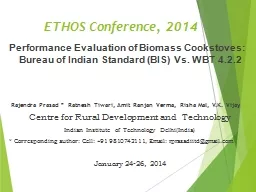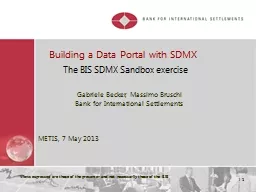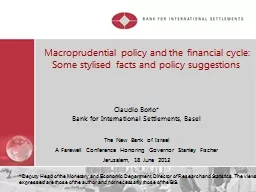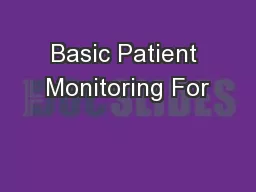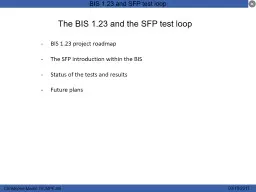PDF-BIS Review 212003RTGS as a settlement process minimizes settlement ri
Author : felicity | Published Date : 2021-09-01
BIS Review 212003 c Setting up of intrabank intracity leased line network d Connectivity with the Hub at each RBI site under the 21centre Intercity Leased Line Network
Presentation Embed Code
Download Presentation
Download Presentation The PPT/PDF document "BIS Review 212003RTGS as a settlement pr..." is the property of its rightful owner. Permission is granted to download and print the materials on this website for personal, non-commercial use only, and to display it on your personal computer provided you do not modify the materials and that you retain all copyright notices contained in the materials. By downloading content from our website, you accept the terms of this agreement.
BIS Review 212003RTGS as a settlement process minimizes settlement ri: Transcript
Download Rules Of Document
"BIS Review 212003RTGS as a settlement process minimizes settlement ri"The content belongs to its owner. You may download and print it for personal use, without modification, and keep all copyright notices. By downloading, you agree to these terms.
Related Documents

